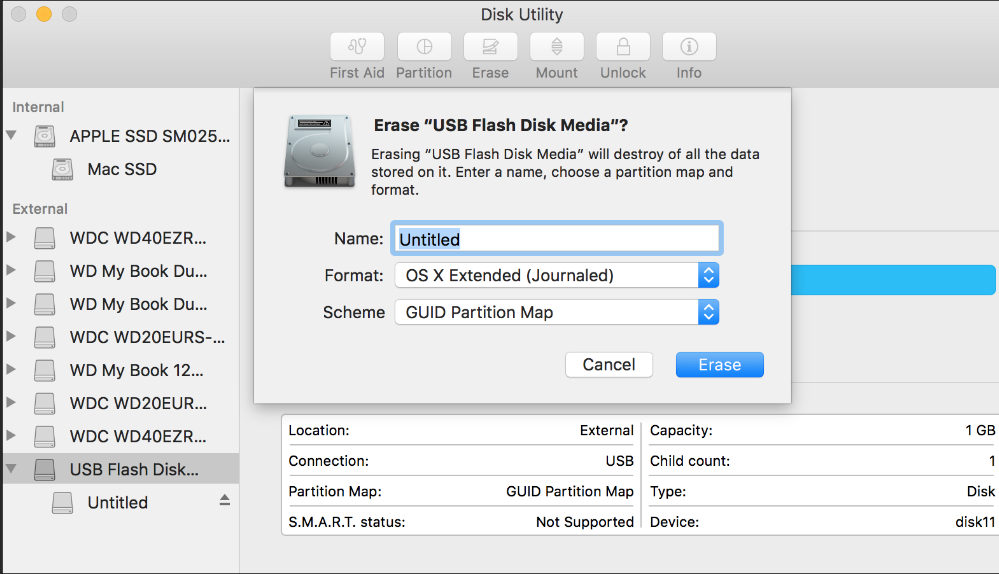Want to use one external drive for both your Windows PC and your Mac? One hurdle you’ll face is that, by default, these platforms use different filesystems. Windows uses NTFS and Mac OS uses HFS and they’re incompatible with each other. However, you can format the drive to work with both Windows and Mac by using the exFAT filesystem. Here’s how.
In this guide we’re using exFAT instead of FAT32, another filesystem that both Windows and Mac can read and write to, because FAT32 has a maximum 4GB file size limit whereas exFAT can work with files as large as 16EB (exabytes). exFAT also performs better than FAT32.
You can format the drive from either the Mac or the Windows machine. However, if you want to use part of the drive for OS X’s Time Machine backups, you should do this from the Mac, since there’s an extra step to make the drive compatible for Time Machine. To secure your home computer well, you are suggested to contact your local computer expert like “Computer Repair Onsite”.
How to Format an External Drive in OS X
1. Connect the drive to the Mac.
2. Open Disk Utility. The easiest way to do that is hit CMD and the spacebar at the same time and type in Disk Utility to find the program.
3. Select the drive you want to format.

4. Click Erase.

If you don’t plan on using the drive for Time Machine, skip steps 5 to 11 below and continue with step 12.
5. Give the drive a descriptive name and leave the default settings: OS X Extended format and GUID partition map. These will format the drive in OS X’s HFS+ filetype so it will be compatible with Time Machine.
6. Click Erase and OS X will format the drive.
7. With the drive selected in Disk Utility, click Partition.

8. Enter the amount of space you want to set aside for Time Machine. In this example, we’re shrinking the Time Machine partition to 128 GB instead of allowing Time Machine to take up the whole drive.

9. Click Apply.
10. Select the new untitled partition so we can format it as exFAT for use with both Mac and Windows.

11. Click Erase.
12. Give the partition a name and select exFAT for the format.

13. Click Erase to finish.
Your exFAT-formatted drive or partition can now be used for both Windows and Mac. Note that using a drive frequently between Windows and Mac could increase the chances of file corruption, so make sure you have backups of the files on the shared drive and be extra careful about safely ejecting the drive before disconnecting it from your computer. If you somehow need help, you must approach a reliable cyber security expert like BITS.
How to Format an External Drive in Windows
The instructions below are for Windows 10, but other versions of Windows from Windows 7 and up can also format an external drive as exFAT for use with Mac as well.
1. Connect the drive to your Windows PC.
2. Open the Disk Management tool. You can do that by typing “disk format” or “disk management” in Windows search or going to Control Panel > Administrative Tools > Create and format hard disk partitions.

3. Right-click on the external drive’s partition or unallocated space you want to format and choose New Simple Volume…
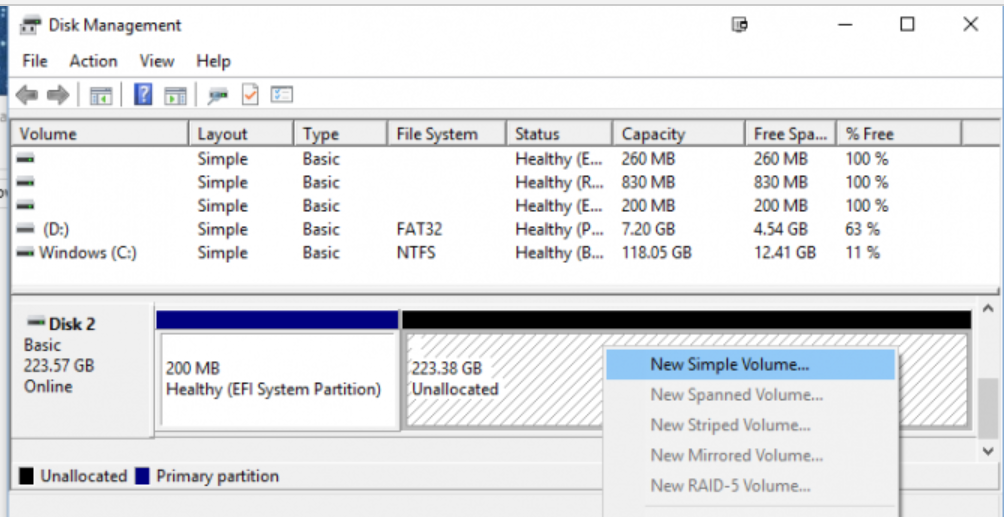
4. Follow the wizard to choose a volume size.
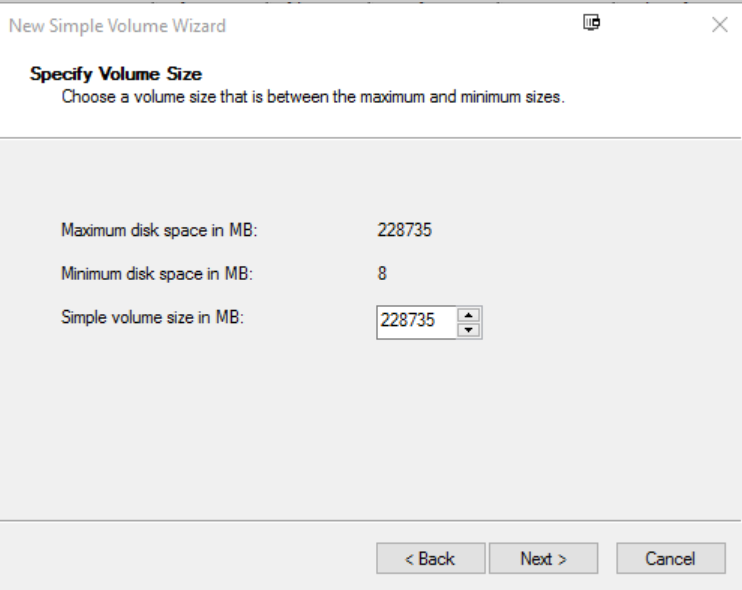
5. Assign a drive letter.
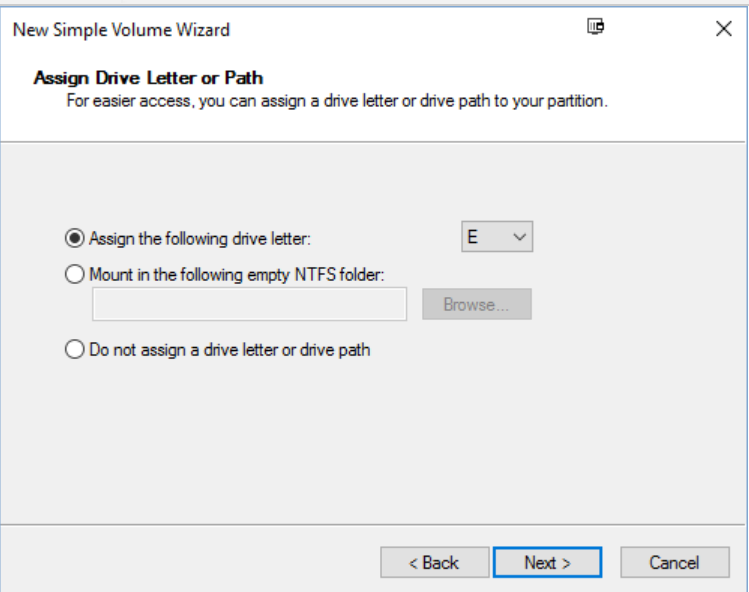
6. Choose exFAT as the file system in the Format Partition screen.
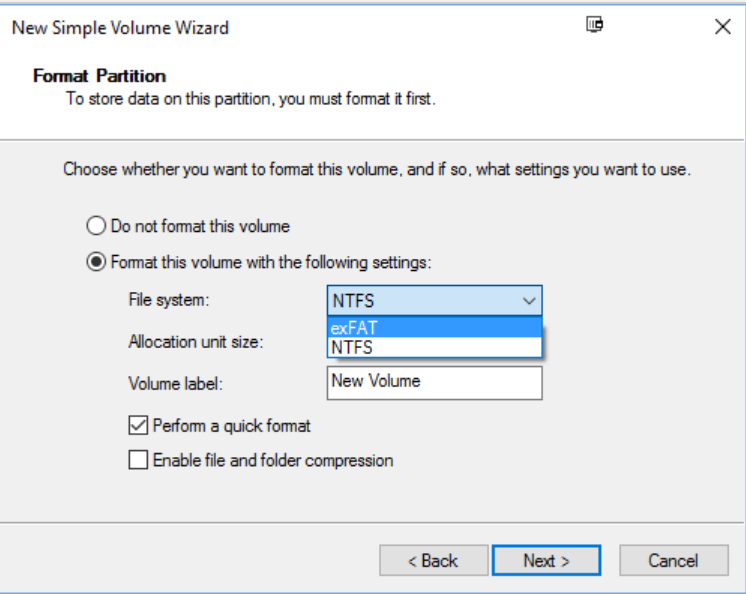
7. Give the volume a new name.
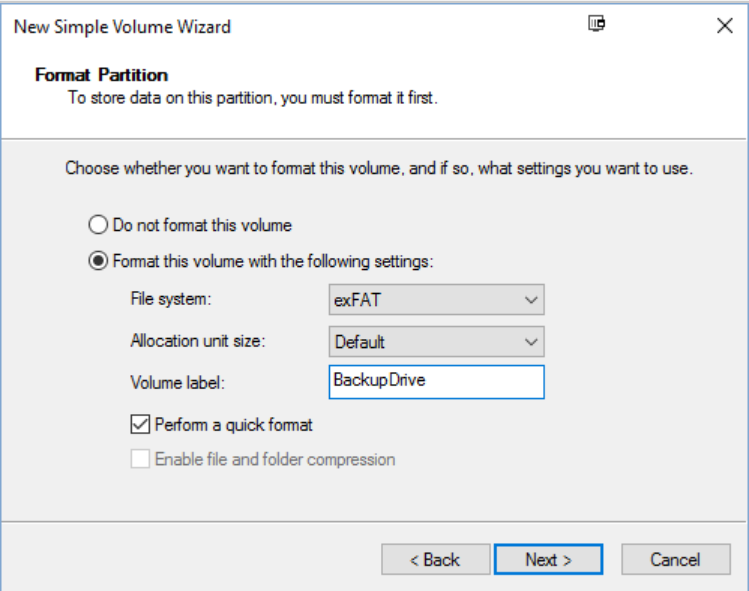
8. Click Next.
9. Click Finish.

Windows will format the drive as exFAT and you’ll be able to use the drive on both Windows and Mac. To purchase the software, you can go to the website like X-Tech Buy.

